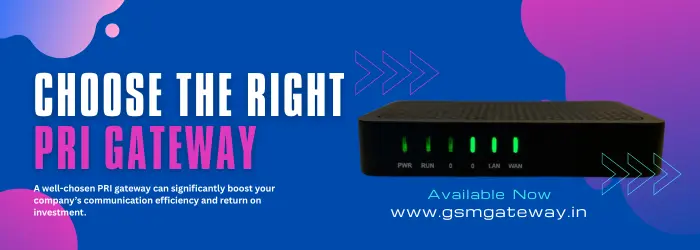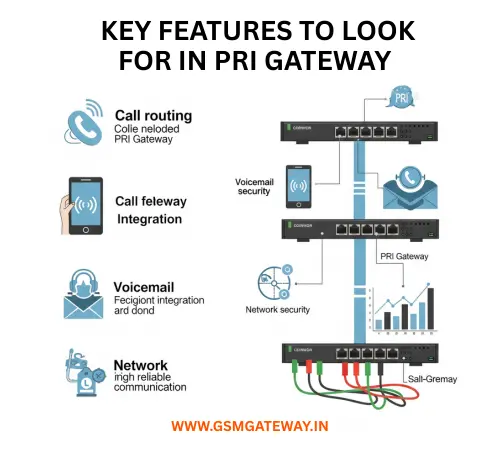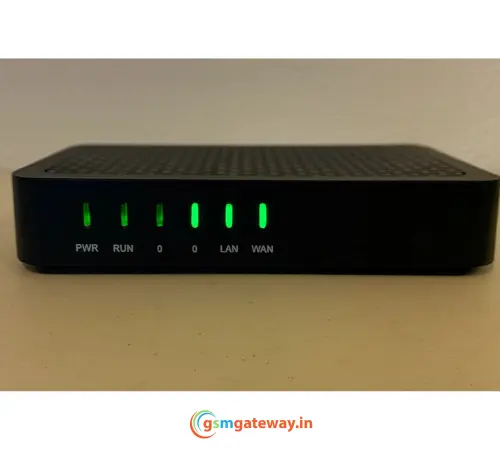www.gsmgateway.in



Effective communication is essential in today’s fast-paced business environment. Integrating modern VoIP (Voice over Internet Protocol) technologies is a crucial step toward greater efficiency and cost savings for many companies, especially those still using legacy phone systems like PBXs. One key component in this transition is the PRI Gateway, a device that connects SIP-based VoIP networks to traditional PRI (Primary Rate Interface) lines. Choosing the right PRI gateway, or SIP to PRI gateway, significantly impacts call quality, scalability, and the overall performance of your communication system.
A PRI Gateway also known as a SIP-to-PRI interface—facilitates communication between
traditional PRI-based systems (PBXs) and SIP-based networks (VoIP). In short, it ensures
seamless interoperability by converting SIP signals into PRI data and vice versa. When selecting one, it’s critical to consider your company’s unique requirements, including:

When evaluating your options, carefully consider the following features:

Once you've selected a suitable device, integration with your existing systems is essential. Acting as a translator, it converts traditional PRI signals to SIP for use with your VoIP network—and back again. This allows your business to continue using its current PBX while benefiting from the flexibility and cost savings of VoIP, such as reduced long-distance charges and easier scalability.
By integrating this technology and leveraging features like Direct Inward Dialing (DID)—which assigns individual extensions to unique phone numbers—businesses can improve productivity and enhance customer satisfaction.
A well-chosen solution can significantly boost your company’s communication efficiency and return on investment. By carefully assessing your needs and evaluating key factors like port capacity, compatibility, call routing, and support, you can select a device that eases the transition to VoIP and supports long-term business growth.
In the digital age, a reliable and scalable PRI Gateway enables your business to embrace
modern communication technologies while still capitalizing on your existing
infrastructure.
Also Read: What is the first step in configuring a GSM gateway?